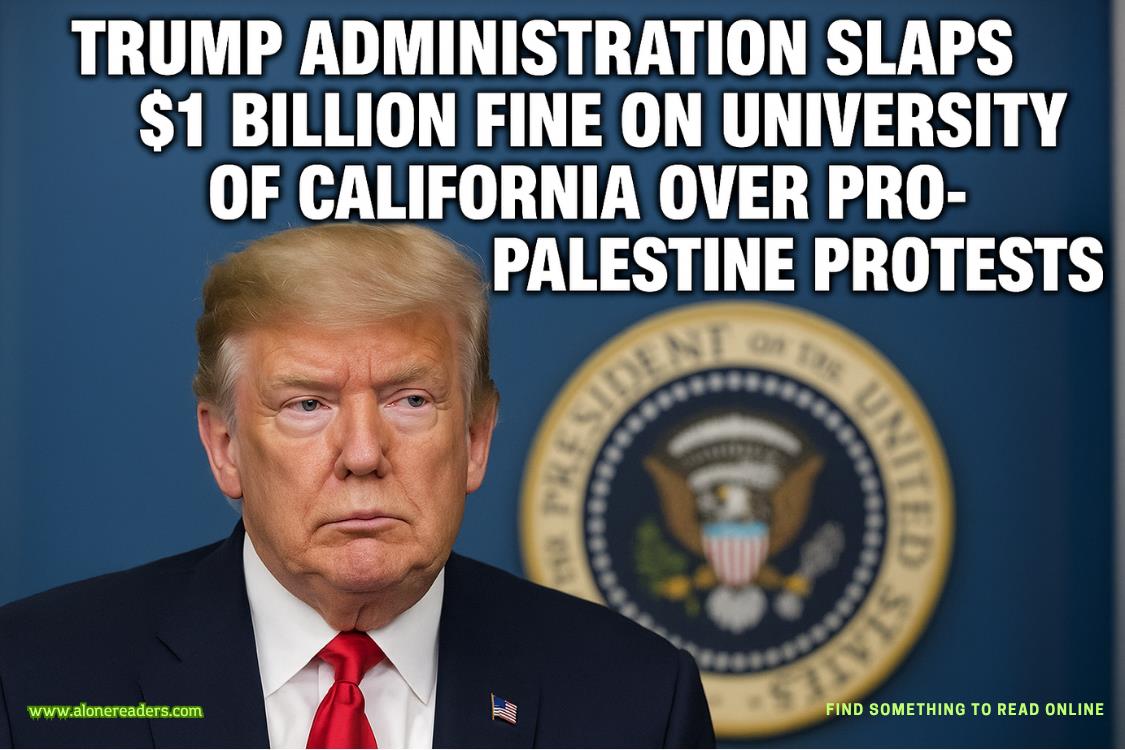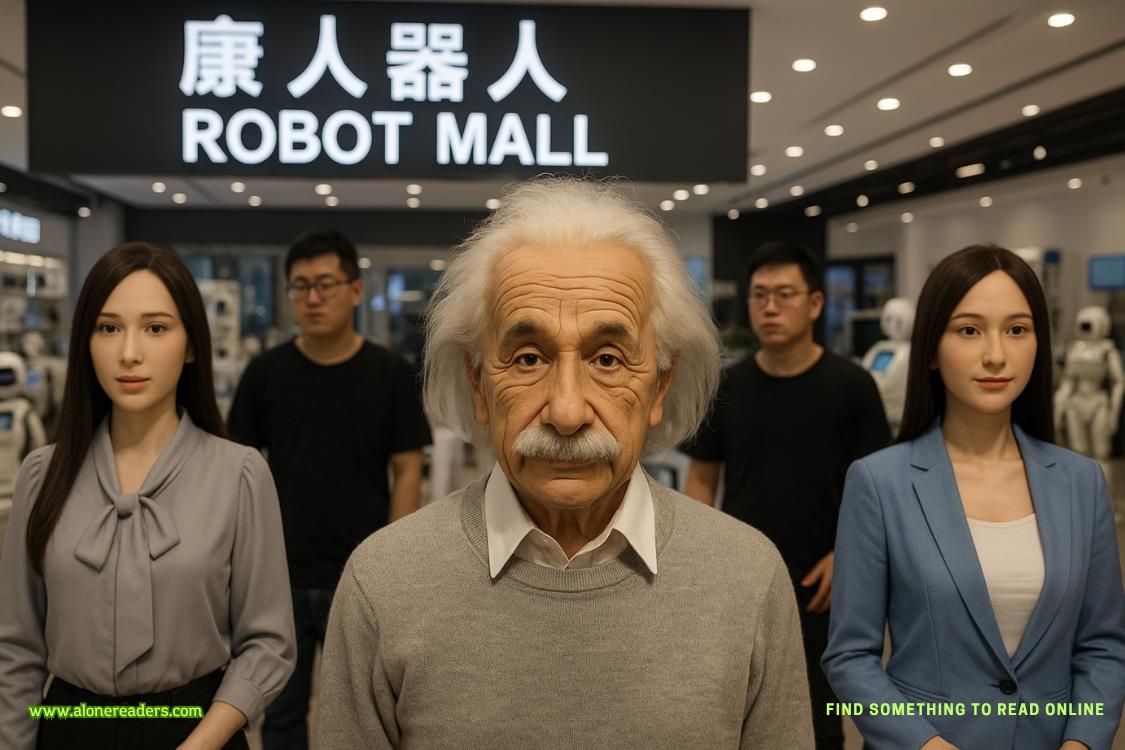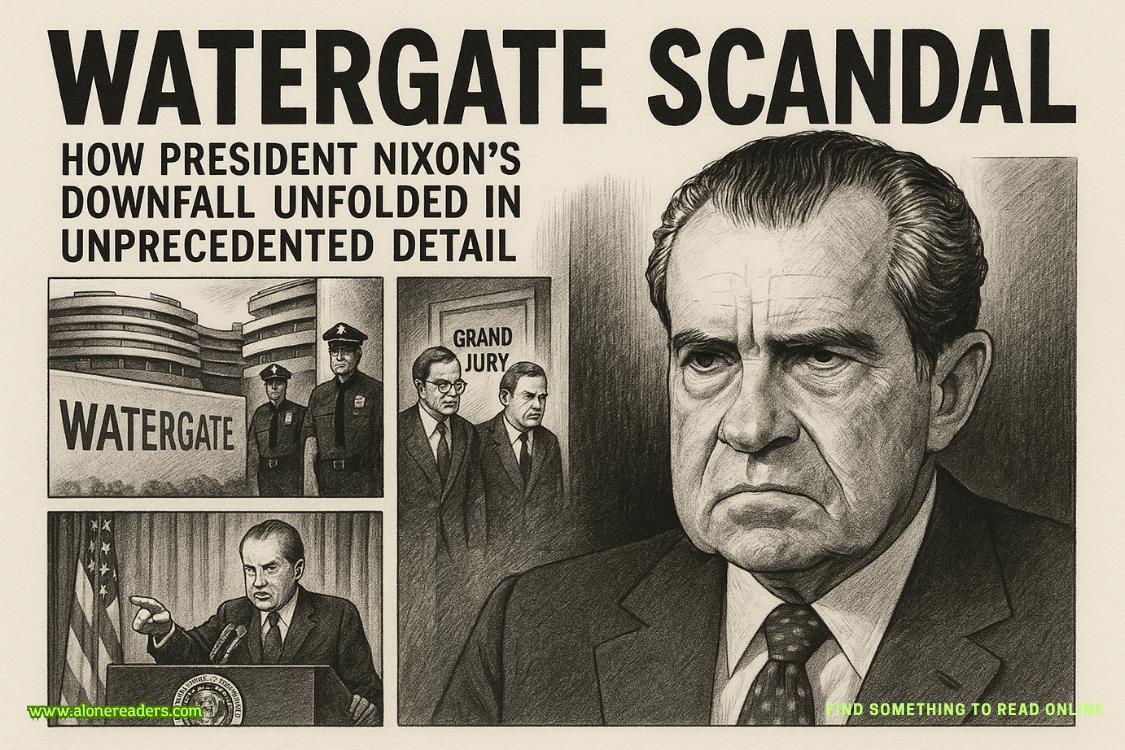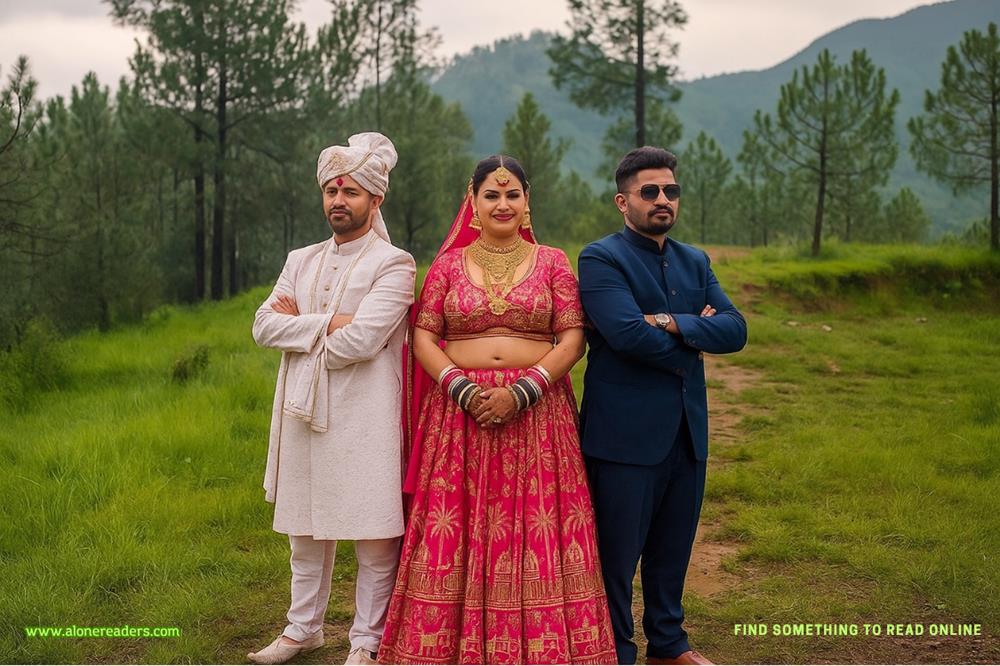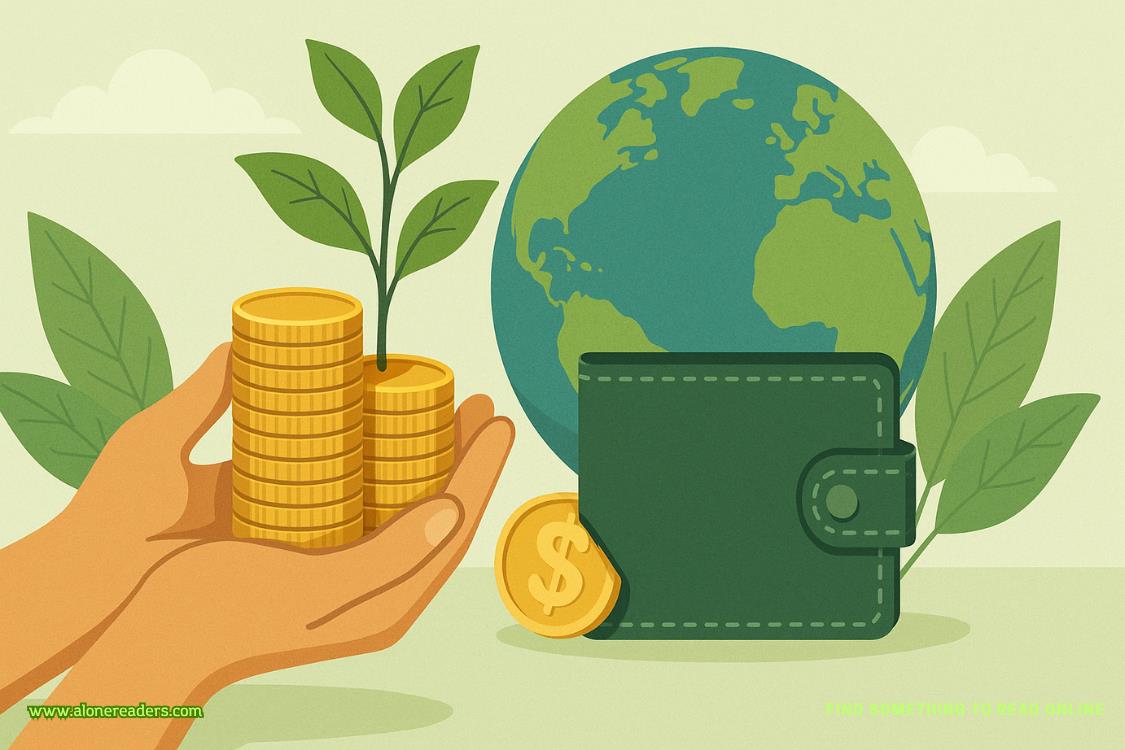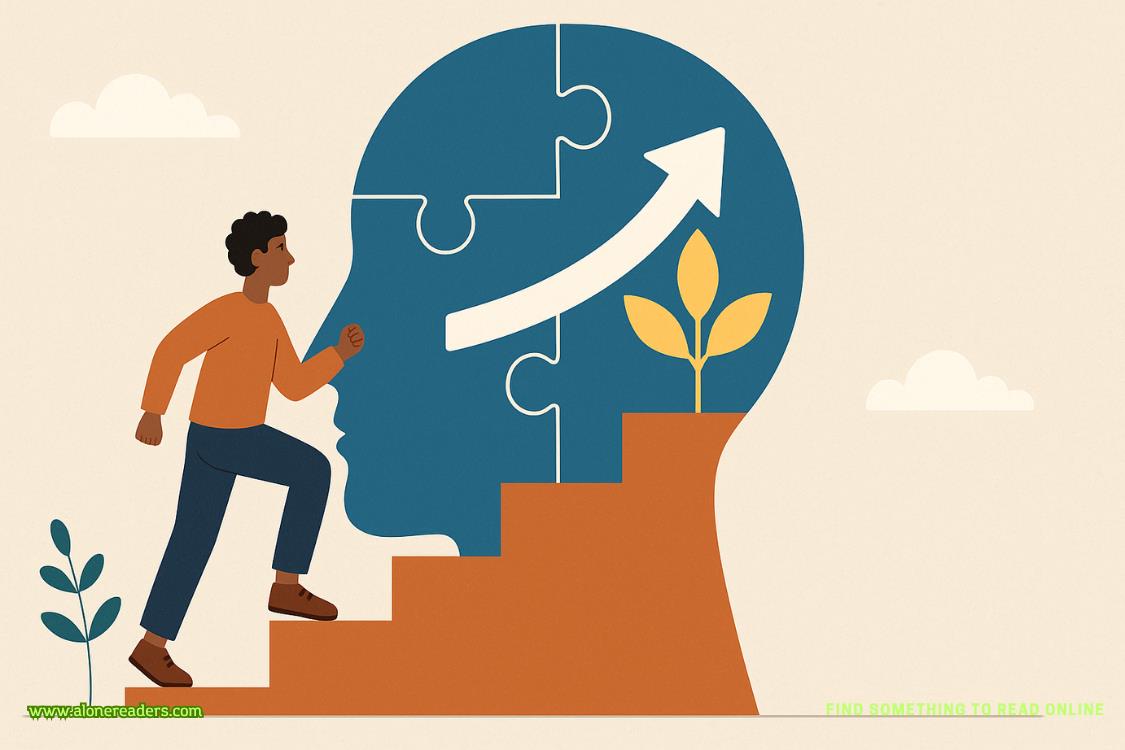Page 41 of The Expat Affair
Page List Listen Audio
“I don’t know. No. At least I don’t think so. Why?”
“Did you know you can print virtually anything these days? Prototypes for jewelry designs, that’s what we use the ones at the factory for, but the sky’s the limit in terms of what you can make. Furniture, artificial teeth, chocolate bonbons, shoes, toys, dinosaur skeletons, guns.”
At the last one, I laugh. “Guns are illegal in this country.”
It’s a common refrain among the Dutch despite regular shootings that make the news, most of them mob related. Criminals have guns, yes, but that’s what makes them criminals. For a Dutch person, the American approach of fighting guns with more guns is asinine.
Fleur gives me a big-eyed, solemn nod. “Illegal to purchase, yes, but a person can still make one. It’s not even that difficult. All they need is a €300 printer they buy on bol.com.”
The Dutch version of Amazon.
“Dare I ask how you know this?”
“Because I saw the blueprints.” She plants both arms onto the table and leans in. “They were on Thomas’s desk. He downloaded them from the internet.”
I stare at Fleur, and her eyes bore into mine becausethis. This is what she brought me here to tell me. Not that Thomas is losing his temper at work. Not that he exchanged blows with Xander. That he’sarmed. I picture Thomas in his office not all that far from here, seated behind his father’s old desk and his grandfather’s before that, printing a gun, a real, actualgunwith a random set of blueprints he found on the internet, and the image is so ridiculous that I laugh again. He wouldn’t even know how to hold the thing.
“Be serious, Fleur. Those blueprints could have belonged to anyone. Did you ask him why they were on his desk?”
“Of course. He said he found them on the printer, but he was lying. I could tell.” She plunks both elbows on the table and leans over her empty plate. “Willow, why does my brother need a gun?”
Her brother, notmy husband. Even when she’s trying to manipulate me, Fleur can’t help but be possessive.
“He doesn’t. Are you kidding me? Thomas doesn’t need a gun. And having a printout of instructions on your desk is a very different thing than holding the actual weapon in your hand. Blueprints are circumstantial evidence at best. Blueprints don’t mean anything.”
She leans back in the booth, shaking her head. “I know my brother, Willow, and this means something. There is something going on with him, something very serious and very wrong, and my gut says it has something to do with Xander. Thomas won’t talk to me about it. But I’m hoping he’ll talk to you.”
He won’t.I almost say the words out loud, but I swallow themdown because Fleur is really serious. She really thinks Thomas is sitting behind a 3D printer somewhere, feeding the machine a file that will build him a handgun. This was her agenda all along—to tell me he’s arming himself, and for what? To paint her brother as unhinged? To pry information out of me she can use in her campaign for CEO? To scare me?
“I’ll try. I’ll talk to Thomas tonight.” I say this in lieu of what I’m really thinking, that Fleur might have an agenda here, but so do I. And my agenda has nothing to do with hers.
“Good.” Fleur nods, just once, settling back in the booth with a satisfied smile. And why wouldn’t she? Fleur is a Prins, and she’s used to getting what she wants. “Let me know what he says, will you?”
A request, even though we both know it’s not one.
There’s movement in our periphery, the waiter creeping up to the table for another try.
Fleur looks up with a bright smile. “There you are! Tell us about the pasta special.”
November 17th, 11:13 p.m.
The second I’m settled in my chair, Xander pops out of his, stepping to a framed black-and-white photograph on the wall. ABastiaan Woudt, a Dutch photographer whose prints go for €10,000 and up. Xander tugs on the edge of the frame, and it swivels away from the wall. Behind it, bolted into the concrete, is a safe.
I watch as he skips the finger pad to tap in the code: 05732#, which I commit to memory. The safe beeps three times, followed by a metallicthwunk. He swings the door open and pulls a black velvet tray from the bottom shelf.
A black velvet tray filled with diamonds. Dozens and dozens ofthem, of every shape and size and color. Far more diamonds than a Prins employee should have at home, locked in a safe hidden in a wall.
With a pair of tweezers, he picks up the largest stone from the center compartment and holds it under the desk light.
“Here’s the one I grew to the certification specs,” he says, sinking onto the chair across from me. “Same weight, same clarity and fluorescence, same cut of course. The Cullinans were all the original Prins cut. There’ve been some improvements since, but this one is old-school.”
I nod, but I don’t have a gemologist’s eye. For me, a diamond is a diamond is a diamond.
“There’s a tiny bit of feathering between seven and eight, but it’s not visible to the naked eye. You’d need a scope with at least 10x magnification, and even then, the inclusion is hard to find if you’re not trained to look for it. This stone is virtually flawless.”
“Like the one in my bracelet.”
“Exactly like it. Except the one on your wrist took a billion years to make, and this one”—carefully, he settles the stone on the leather desk pad. It tips to the side, blinding white in the light—“about ten weeks.”
- Leon by Katie Dowe
- Roads Behind Us by Greta Rose West
- Storytime and Sawdust by Jane Fox
- A Life Imagined by Sydney Rutherford
- A Kiss to Stop a Wedding by Sarah Mallory
- The Outcast's Redemption by Sarah Mallory
- Zayrik by Rayne Reilly
- Realms of Swords and Storms by Elizabeth Blackthorne
- City of Secrets and Shadows by Elizabeth Blackthorne
- House of Serpents and Slaves by Elizabeth Blackthorne
- If I See You Again by Joelle Lynne
- Spring Fling by Joelle Lynne
- Winter Ends by Joelle Lynne
- Fall of Us by Joelle Lynne
- Summer of You by Joelle Lynne
- Strictly Curious by Joelle Lynne
